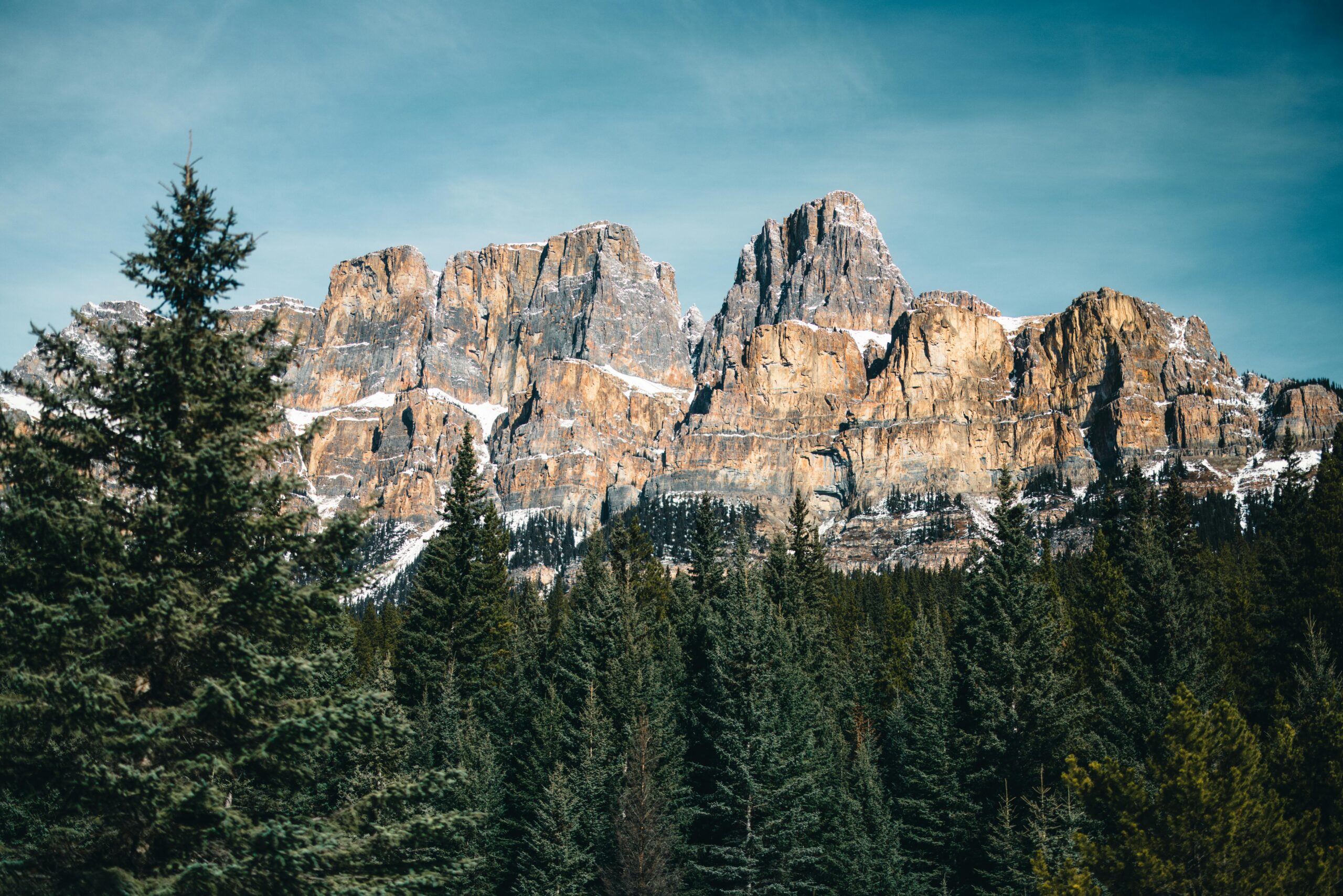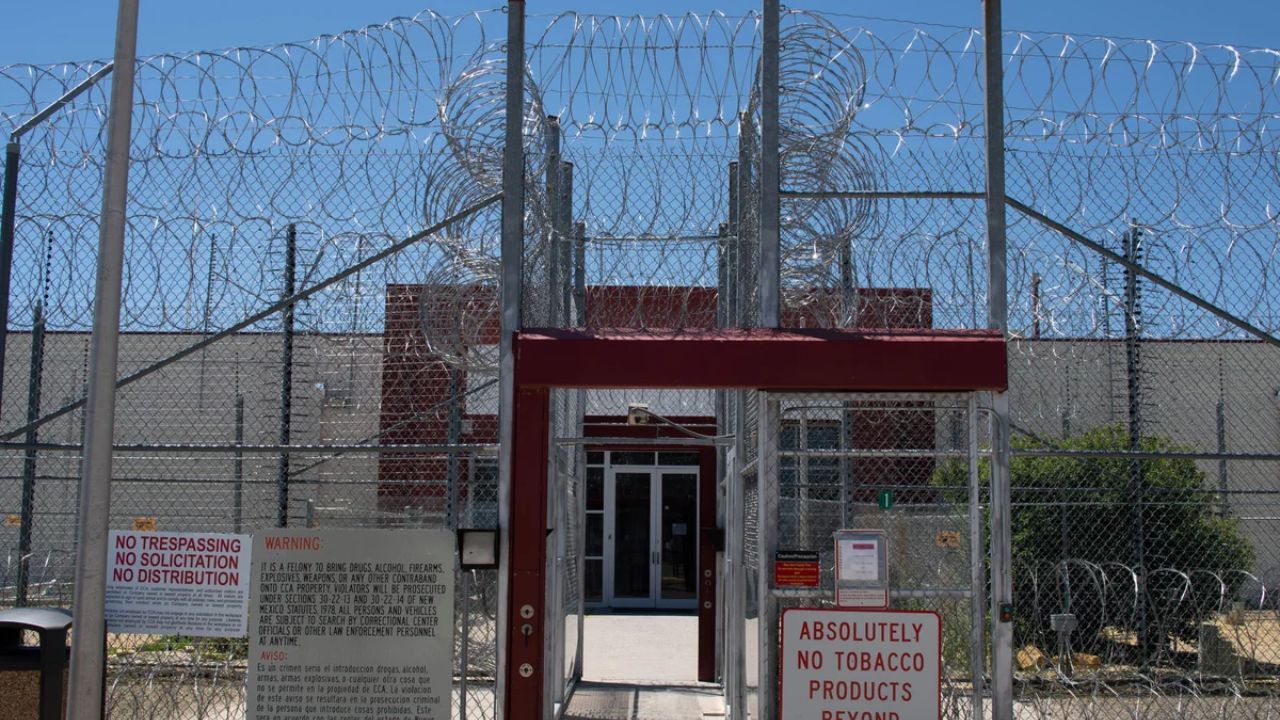Wyoming’s vast landscapes have long been a haven for outdoor enthusiasts, offering pristine trails, expansive parks, and a thriving recreation industry. However, recent funding cuts threaten not only these natural treasures but also the livelihoods tied to them.
Economic Backbone Under Siege
In 2023, Wyoming’s outdoor recreation sector contributed a staggering $2.2 billion to the state’s economy, accounting for 4.1% of its gross domestic product (GDP). This industry supported over 15,798 jobs, underscoring its significance to Wyoming’s financial health.
The sector’s growth has been remarkable. In 2021, outdoor recreation added $1.49 billion in value to Wyoming’s GDP, up from $1.25 billion in 2020, ranking the state sixth nationally for the share of its economy driven by outdoor recreation.
Funding Cuts and Their Implications
Despite its economic importance, the outdoor recreation industry now faces significant challenges due to federal budget cuts. The U.S. Forest Service, for instance, is grappling with a $500 million shortfall, leading to a hiring freeze for seasonal staff essential for maintaining hiking and camping sites, conservation efforts, and wildfire prevention.
These cuts have tangible consequences. Without adequate staffing, trail maintenance lags, park facilities deteriorate, and visitor services dwindle. This not only hampers the visitor experience but also poses safety risks. Moreover, local economies that rely on tourism revenue are bracing for downturns, affecting businesses from lodging to retail.
Local Communities Feeling the Strain
The ripple effects of these funding cuts are palpable in communities across Wyoming. In rural areas, where economies are closely tied to public lands, the reduction in federal jobs is alarming. Representative McKay Erickson expressed concern over the loss of federal workers in his forest-heavy district, highlighting potential harm to local businesses reliant on maintained trails and parks.
Local business owners, like Dustin Aherin in Salmon, Idaho, and terminated employees such as Hannah from Sawtooth National Forest, worry about the sustainability of their businesses and communities amidst diminished public services. National parks, which generate substantial economic benefits, face potential degradation without sufficient staff. The reduction of federal jobs could also lead to secondary impacts, such as population declines and challenges for local schools.
State Initiatives: A Ray of Hope
In response to these challenges, Wyoming has taken proactive steps to bolster its outdoor recreation infrastructure. The Wyoming Office of Outdoor Recreation launched the American Rescue Plan Act (ARPA) Grant Program, dispersing over $20 million to 21 outdoor projects across the state.
These grants aim to fund projects that enhance outdoor recreation infrastructure, stimulate local economies, and improve community well-being. However, with the looming federal cuts, the sustainability of such initiatives remains uncertain.
The Path Forward
The juxtaposition of federal funding cuts against state-level investments presents a complex challenge for Wyoming. While state grants provide temporary relief, the long-term health of the outdoor recreation sector hinges on stable and adequate funding.
Advocates are urging policymakers to recognize the intrinsic and economic value of outdoor recreation. Maintaining trails, parks, and related jobs is not just about preserving natural beauty; it’s about safeguarding a vital economic engine that supports thousands of Wyoming residents.
As the state navigates these turbulent times, the resilience of its communities and the enduring allure of its landscapes will be crucial. Ensuring that funding aligns with the sector’s significance is imperative for Wyoming’s continued prosperity.
Conclusion
Wyoming’s outdoor recreation industry stands at a crossroads. Federal funding cuts threaten the very fabric of its trails, parks, and the jobs they support. While state initiatives offer hope, a concerted effort is required to secure the future of this indispensable sector. The path forward demands collaboration, investment, and an unwavering commitment to preserving Wyoming’s natural heritage for generations to come.
(Source : newsbreak.com )






